|
by Jade Alicandro Mace
Cleansing in the spring is a familiar and popular subject. But what about the concept of harmonizing with the spring? Traditional Chinese Medicine (TCM), and especially Chinese 5-Element Theory, provides us with a beautiful framework for understanding the spring and its energetics. When we’re attuned with the natural influences of this season, we can more easily tap into the rich gifts it has to offer. First, a little background. In TCM each season corresponds with an Element and an Organ System. The spring is associated with the Wood Element and the Chinese Liver-Gallbladder organ system (different from our anatomical liver and gallbladder!) and meridians. Understanding this organ/element pair and its associations is a great place to start when it comes to harmonizing with the spring. Keywords and phrases for the Liver-Gallbladder/Wood Element/Spring: Upwards moving energy, yang, growth, clear vision and purpose, decisiveness and decision-making, ambition, hopefulness, starting new projects, productivity Sounds just about right, doesn’t it? In today's interview, we speak with local herbalist, Madelon Hope, who is also the director of the Boston School of Herbal Studies. Madelon has over 20 years of experience working with herbs and has trained budding herbalists since 2002 through her apprenticeship program. The Boston School has been a part of Herbstalk since our first event and we are pleased to share more of Madelon's work with you!
How did you first get interested in plants or herbalism? What inspired you to learn about herbalism? As a child growing up in New York City, I found a haven among the plants and trees at a local park. Much later, when experiencing a serious back problem, plants were critical to my healing. I will always be grateful to Solomon’s seal for helping me regain flexibility in my joints, ligaments and tendons and St. John's Wort oil for relief from pain. They were my allies and companions on my healing journey. I found wonderful teachers on this path – Rosemary Gladstar, Matthew Wood, Phyllis Light, William LeSassier and a bit later, Paul Bergner, among many others. Soon, I began to incorporate herbs and flower essences in my therapy practice. As the therapy field became more medication oriented, I became more attracted to plants. Over a period of several years, it became clear to me that my path was among the plants and that I was primarily an herbalist. Their magic and power to heal and transform lives have inspired me ever since. by Juliette Abigail Carr
It seems like folks have a hard time making a really good milky oats tincture. When I teach advanced tincture making, we always discuss past “failures” or at least tinctures that didn’t turn out how students expected, since there is more space to learn from our mistakes than from easy successes. Milky Oats is one that comes up often, so I’m going to explain the little tricks to growing it and making medicine. Oat (Avena sativa) is beloved as a restoring, nutritive nervine tonic (medicine whose effects build slowly over time). In women’s health we cherish oat for its properties as a mineral rejuvenator and protector against adrenal exhaustion -- goodbye postpartum depression! Hello restful sleep, coping skills, and an end to feeling stretched too thin, exhausted, and sapped of vitality. As an antidepressant nervine it has a grounding, moistening effect for folks who feel burnt out, dried up, and frazzled. It is a nurturing rejuvenator to the nervous system and adrenal glands, kidney and liver function, and it restores the minerals your body needs for your heart, muscles, bones, and nerve transmission to work well. It bestows a feeling of general well-being to those of us lucky enough to bask in its welcoming green glow. As is common, the tea is a gentler, more long-term builder known for its mineral-related actions, while the tincture is stronger and more known for antidepressant and nervine actions. Today's interview is with Boston herbalist, Ryn Midura. Along with Katja Swift, Ryn is the co-founder of the CommonWealth Center for Holistic Herbalism, where they see clients and offer community classes and Advanced & Clinical herbalism programs. The CommonWealth Center has been an integral part of Herbstalk since the very beginning and we are honored to share this wonderful interview with you. Thank you, Ryn, for talking with us today!
Can you tell us a bit about how it all began? How did you first get interested in plants or herbalism? What inspired you to learn about herbs? It all comes down to meeting Katja. I said, “what are all these jars in your closet?” She’d just moved back to Boston from her time on the farms up north, and was starting to rebuild her practice here. She showed me how to mix up some herbs into a tea, and that was it! She lent me some books and began teaching me, slowly and simply. She revealed a long-standing love of ginger I didn’t realize I had, while helping me get a handle on my own gut troubles; she taught me how to steam with thyme when I got a cold. She cooked amazing meals, spiced and infused with flavors I’d rarely tasted but soon couldn’t imagine life without. Seeing how herbs permeated her life gave me a lot of motivation to learn more about them. Shortly after we moved in together, she taught an apprenticeship with Mischa Schuler right there in our house, so that made it easy for me to attend! It wasn’t long until we were teaching together and I started seeing clients, and we were able to build up the CommonWealth Center into a complete school and clinic, with both of us working full-time as herbalists and teachers. What would you say is the main focus of your work with the plants? My work is teaching. I teach my students; I teach my clients also. Every session is a private class. I never want anyone to walk out of my office and say, “that herbalist told me to take this tincture three times a day for my anxiety and heartburn.” Rather, I want them to say, “Ryn taught me how skullcap calms a racing mind, and catnip soothes uprising pressures in the gut, so I’m giving them a try.” Most of what I do right now is usually described as working with chronic illnesses, the “diseases of civilization” or “diseases of modernity” which are so rampant in our society today – asthma, Crohn’s, diabetes, eczema, Lyme, rheumatoid arthritis, you name it. Usually when I sit down with a client, if they have a diagnosis or suspect a particular label applies to their discomfort, it’s one of these problems of systemic inflammation, usually rooted in dysbiosis of the gut and compromised intestinal barriers. (This is nothing new, really – the Hippocratic school took “All disease begins in the gut” as a primary axiom, and the principle surely preceded even that era.)
Today we are honored to share an interview that took place at last year's Herbstalk event in June 2014. North Carolina herbalist Juliet Blankespoor filmed Vermont herbalist Larken Bunce talking about her herbal path. We thank both of these inspiring teachers & leaders for sharing this wonderful footage with us. To learn more about their work please visit their websites:
Juliet Blankespoor: Chestnut School of Herbal Medicine Blog Castanea Larken Bunce: www.larkenbunce.com Vermont Center for Integrative Herbalism by Jenny Hauf of Muddy River Herbals
A few days ago I met my land. I’ll call it mine even though it’ll only be in my fingernails and on my nose and knees for three growing seasons. Just three—three unfurling springs, three emerald summers, three golden falls, three wild winters. The assignment of the land, in my business partner’s words, was a gift; the walk of it, where I gamboled like a lamb, a blessing. We collected fragments of soil to mix and bag for a soil test, and every step, each probe into the earth, held an exaltation, a desire, a promise, and a prayer. A prayer to the mud: let us love you and be loved back. Let us give to you and gather what you offer. Let us build you up with minerals and straw and compost. Let us take from you leaves for tea and flowers for love. We are starting something new here on the Herbstalk blog. Periodically we'll have short interviews with local herbalists who have been an integral part of the Herbstalk community. We hope you'll enjoy getting to know these fine people better and that you'll have a chance to meet them in person this June! We are pleased to kick off our "Meet the Herbalist" series with Massachusetts-based herbalist and teacher, Brittany Nickerson.
HS: How did you first get interested in plants or herbalism? What inspired you to learn about herbalism? BN: When I was in high school I ran crosscountry for a period. At one point I developed shin splints and I remember asking a friend of my parent’s, a local acupressurist, what he recommended. He sent me to a neighbor’s house to pick comfrey and make a poultice. This was my first experience harvesting plants to make medicine. Throughout my childhood I had been fascinated by plants and loved being outside - it made perfect sense to me that plants could heal - so when my shin splints got better, I was smitten. The next time I saw Dave, the accupressurist, I asked for a recommendation of an herbal book. I practiced folk medicine into college where my various concoctions and remedies were often met with a combination of intrigue and doubt. I rather randomly took a class in ethnobotany, where I loved hearing the professor’s stories of plants and people and travel - I knew I needed to learn more. From there, I went on to take an apprenticeship and study more formally. |
Archives
November 2023
Categories
All
|
Join the Newsletter!
Receive news about future Herbstalk events
Thank you!
You have successfully joined our subscriber list.
Copyright © Herbstalk 2024
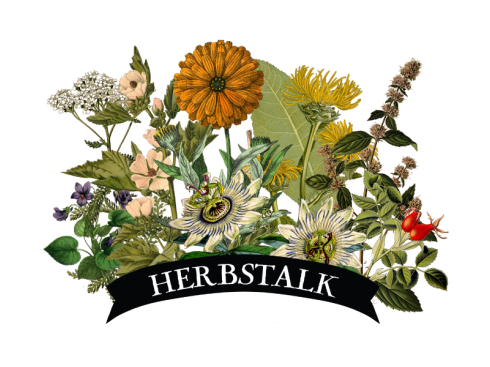
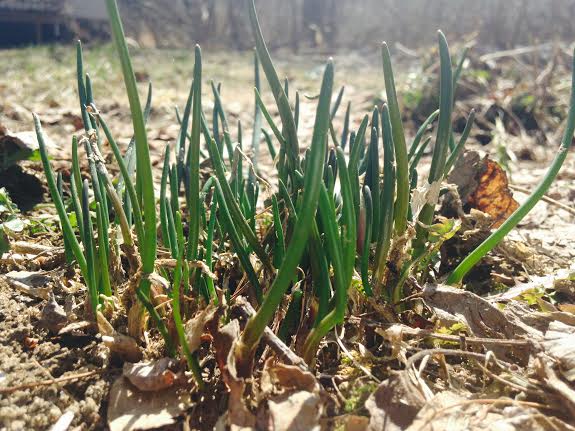
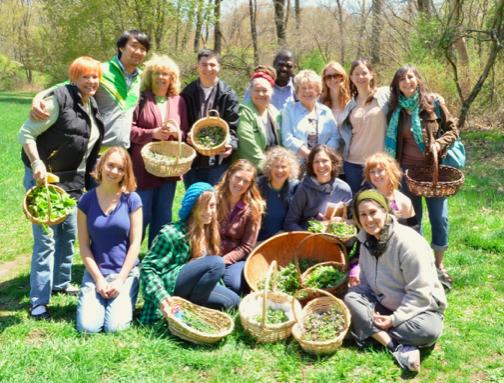
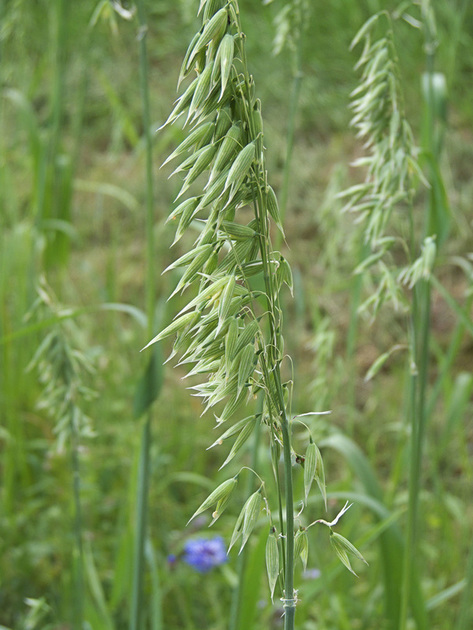
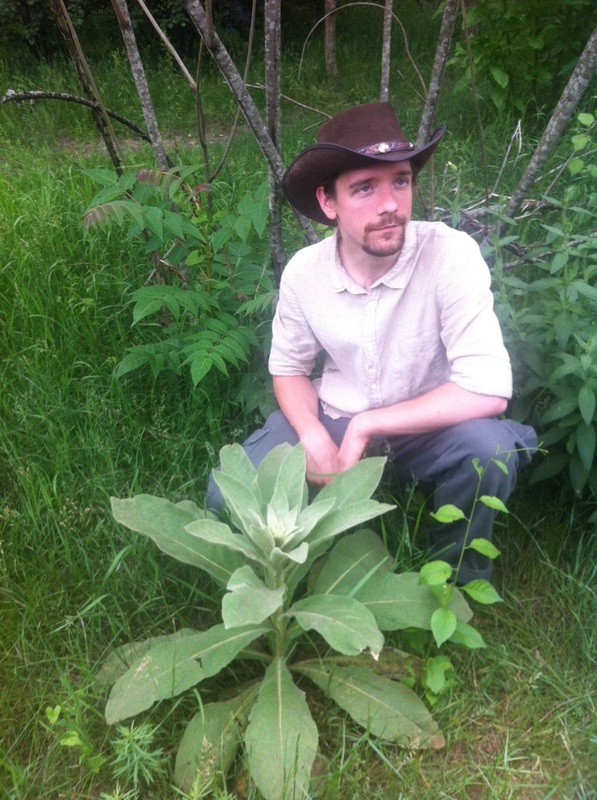

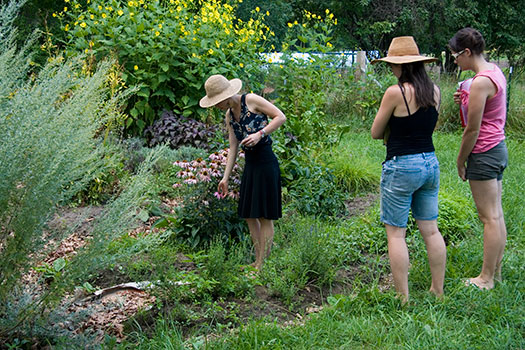
 RSS Feed
RSS Feed